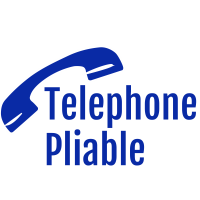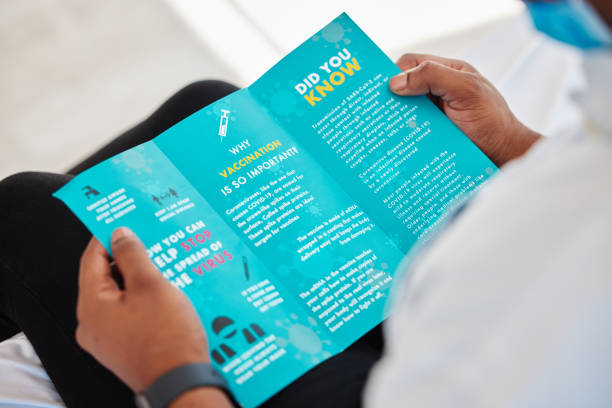Brochures
Brochures are a printed marketing tool that can provide information on the products and services offered by your business. They can be a single page or a multi-page booklet, and are available in many sizes and types of paper. Brochures can also be folded into different shapes, with the most popular being tri fold, allowing them to contain several sections of concise information.
Brochures can be mailed to a targeted audience through direct mail, or distributed at events and trade shows. They are often used to introduce new businesses or products, and can be used as a sales tool to generate leads.
Although they can be expensive to produce, brochures are still a cost-effective method of advertising. They are something that people hold on to, unlike digital marketing materials, and they are more likely to convert potential customers into clients. For this reason, it is important to ensure your brochures are well designed and have relevant information to make them a successful marketing tool for your business.
Flyers
Flyers and the power of printed brand materials are an effective promotional tool for a business or event. They can be handed out, posted, or mailed to potential customers. Using bright colors and eye-catching images, flyers can help attract attention and generate interest. They can also be used to communicate information about a specific product or service, including pricing and benefits.
Unlike email marketing, which can get lost in an inbox full of spam and other unwanted messages, a well-designed flyer will stand out and make people notice it. A great way to distribute flyers is in public places, such as parks, where they can be hung on bulletin boards.
Printed promotional flyers are tangible, making them easy for customers to share and hold on to. They can even include features such as QR codes, leaflet numbers, or discount codes to make them a more measurable type of marketing. Compared to newspaper or television advertisements, flyers are affordable and quick to create and produce.
Business Cards
In an era of digital messaging and email marketing, there is still something to be said for face-to-face interaction. During business meetings, networking events, and trade shows, a business card is an invaluable tool for exchanging contact information.
Unlike an email or a text message, a well-designed business card transcends its digital counterparts by leaving a tangible and lasting impression on your audience. This tactile connection offers an advantage, transforming it into a versatile tool within your range of printed options for brand promotion, capable of significantly increasing brand awareness.
A business card should include your name and contact information, along with a logo or design that represents your company’s branding. It should also be easy to read. Consider using a bolder font or contrasting colors to make it more legible.
For an added boost in lead generation, you can even include a QR code on your business cards. This will allow your audience to easily connect with you online, subscribe to your email list, or make a purchase.
Postcards
In an ever-changing landscape of marketing, savvy business leaders look for strategies that can deliver powerful results at scale. Some print mediums have stood the test of time, patiently waiting for a fresh strategy to harness their full potential. Postcards are one such tool that packs a punch, allowing you to promote your brand at a low cost.
Postcards are perfect for announcing new products, packages, or services at a glance. They can also be used to invite customers to events, bolster local sales, and drive traffic for service-based businesses such as salons, restaurants, and hotels.
Unlike brochures and flyers, postcards allow you to target a specific audience with targeted messaging. Creative designs and attention-grabbing text are effective in breaking through a crowded mailbox, ensuring your message is seen and heard. They also trigger a sense of ownership, known as the endowment effect, making them more memorable than an intangible digital message.
Banners
Banners are versatile and can be used in a variety of marketing situations. They can be incorporated in digital campaigns, and they can also be displayed at physical events, such as trade shows or exhibitions.
They can be arranged in a variety of ways, such as being hung from above or being placed on the ground. They can be customized to fit your specific business’s needs and objectives. For example, they can be used to showcase your product or service offerings, which will help you connect with potential customers.
They can be a cost-effective marketing strategy, especially when they are targeted to your ideal customer profile. These are often displayed in locations that your target audience frequents, such as schools or shopping centres. Depending on your budget, you can choose to run them for a set period of time or pay per impression, which allows you to control your costs.
Posters
Posters combine visually appealing designs with structured brand messages to create an impact that draws attention. Posters are available in a variety of frames and sizes that can be hung in public areas to grab the attention of people passing by.
A good poster is easy to read at a glance and has a clear call to action. It also avoids cluttered words, confusing or misleading images and typos. It’s best to circulate drafts of your poster before printing to have other people look over it and offer feedback.
Posters can have an edge over other print marketing materials because they are usually cheaper to produce and install. However, they still have to compete with other print advertising and digital ads for consumer attention. This makes it important to create a poster that stands out from the competition and captures the audience’s attention. Use humor or a surprising image to do this.





